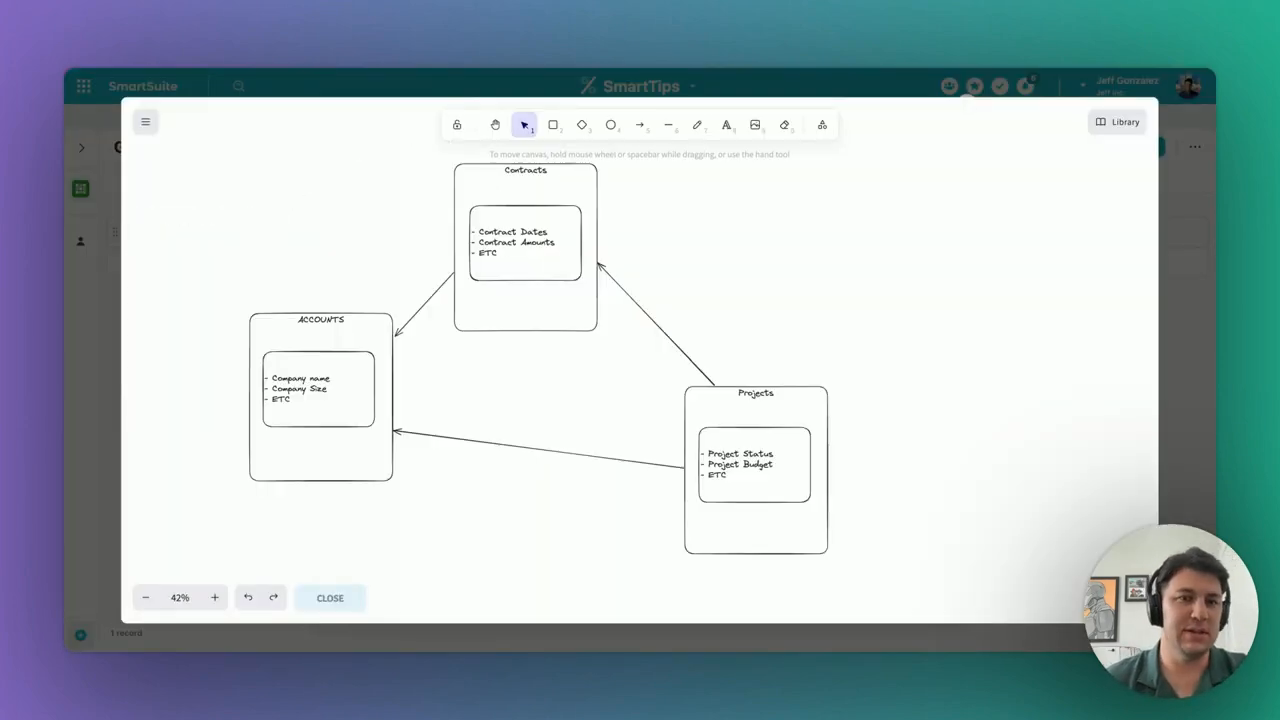Welcome to another episode of SmartTips! Today we’re diving into a crucial concept for data management – how to eliminate duplicative datasets by leveraging lookup fields and meticulously planning where specific data points should live during the development process. This might sound complicated, but it’s actually quite straightforward once you get the hang of it. So, let’s jump in and explore this essential technique.
[embedded content]
The Importance of Proper Data Planning
When we set out to develop a solution, one of the first and most important steps is to carefully plan where our data points should reside. This planning phase can prevent a lot of headaches down the road. During this stage, we need to think about which specific tables our data points should live in.
Utilizing Whiteboard Features for Planning
In our Smart Docs, one helpful feature is the whiteboard, which enables us to map out our data points. Here’s how:
- Visual Representation: By using blocks to represent tables, we can list the different fields and visualize their relationships.
- Examples: We might have a table for accounts, another for contracts, and a third for projects.
By mapping these out, we can clearly see the linkages between the tables. For instance:
- Projects and Accounts: When we open a project, we want to point to the related account.
- Projects and Contracts: Similarly, we want to point to the related contract.
Example of a whiteboard planning session mapping out tables and their relationships.

Detailed Breakdown of Tables and Fields
Let’s dive deeper into what fields should be housed in which tables. This ensures we are effectively eliminating duplicative data.
Contracts Table
In the contracts table, we store:
- Contract dates: When the contract is active.
- Contract amount: The financial details involved.
Projects Table
For projects, we want fields to show:
- Project status: The current state of the project.
- Project budget: The financial allocation for the project.
Leveraging Lookup Fields
Lookup fields are incredibly useful because they allow us to pull in data from related tables without duplicating it.
Example: We could have a lookup field in the projects table that pulls in the contract amount from the contracts table. This setup ensures that if the contract amount changes, it only needs to be updated in the contracts table, and all linked project records will reflect this change.
Diagram showing how a project table pulls data from a contracts table using lookup fields.
Practical Application
Let’s look at this practically:
- Open a Project Record: In our projects table.
- Field Identification: Symbols show which fields are lookups and which are native.
- Native Fields: Project status and budget are native.
- Lookup Fields: Contract amount is a lookup field.
Example: When viewing a project:
- Project status and budget are native fields.
- Contract amount is a lookup, pulling data from the contracts table.
This setup ensures all our data is current and accurate, preventing discrepancies.
The Significance Of Accurate Data Representation
Consider this scenario:
- The contract amount is initially $50,000.
- A change occurs, and it’s now $60,000.
If we used duplicative data:
- We update the project’s contract amount but forget the contract table.
- This leads to inconsistencies.
Using lookup fields:
- Update the contract amount in the contracts table.
- All linked projects automatically reflect the updated amount.

Benefits
- Consistency: Changes made in the source table reflect across all linked records.
- Efficiency: Saves time and reduces errors by minimizing manual updates.
Flowchart illustrating how data consistency is maintained using lookup fields.
Conclusion
Understanding and implementing lookup fields can be a game-changer in data management. By planning meticulously and leveraging lookup fields, we can eliminate duplicative datasets, ensuring our data is accurate, consistent, and easy to manage.
